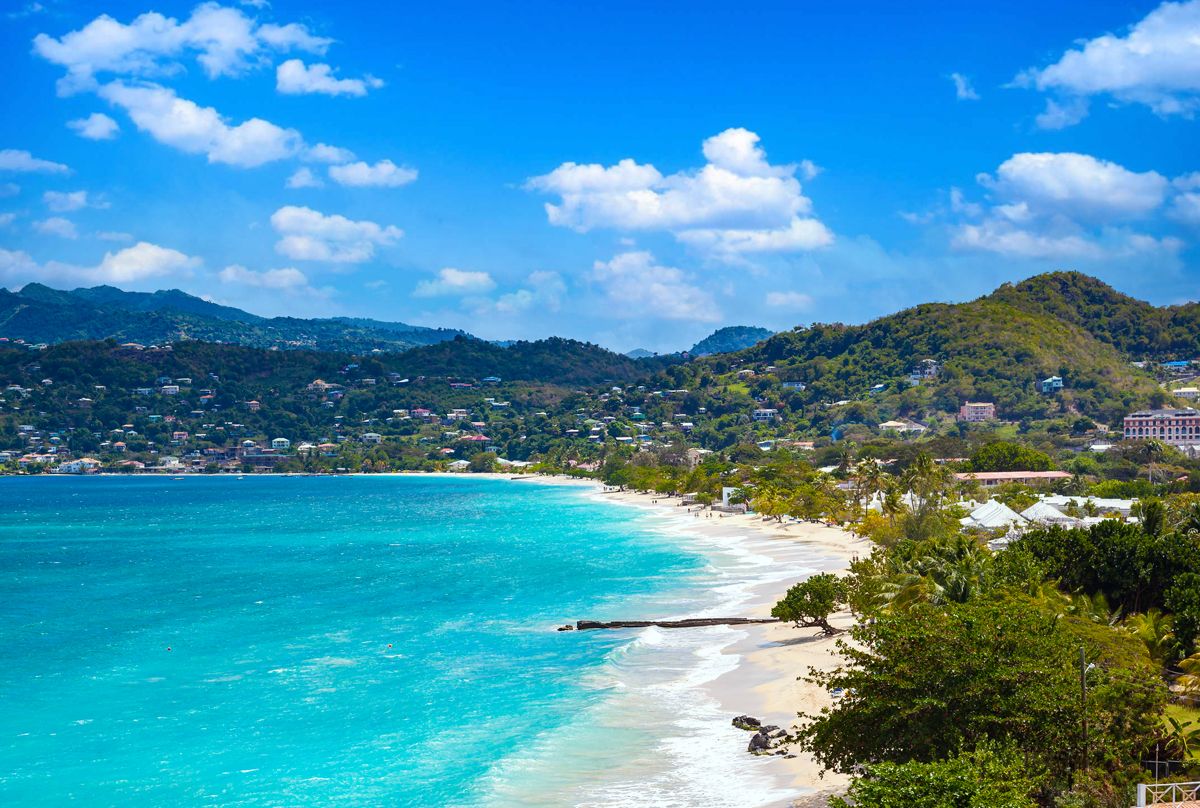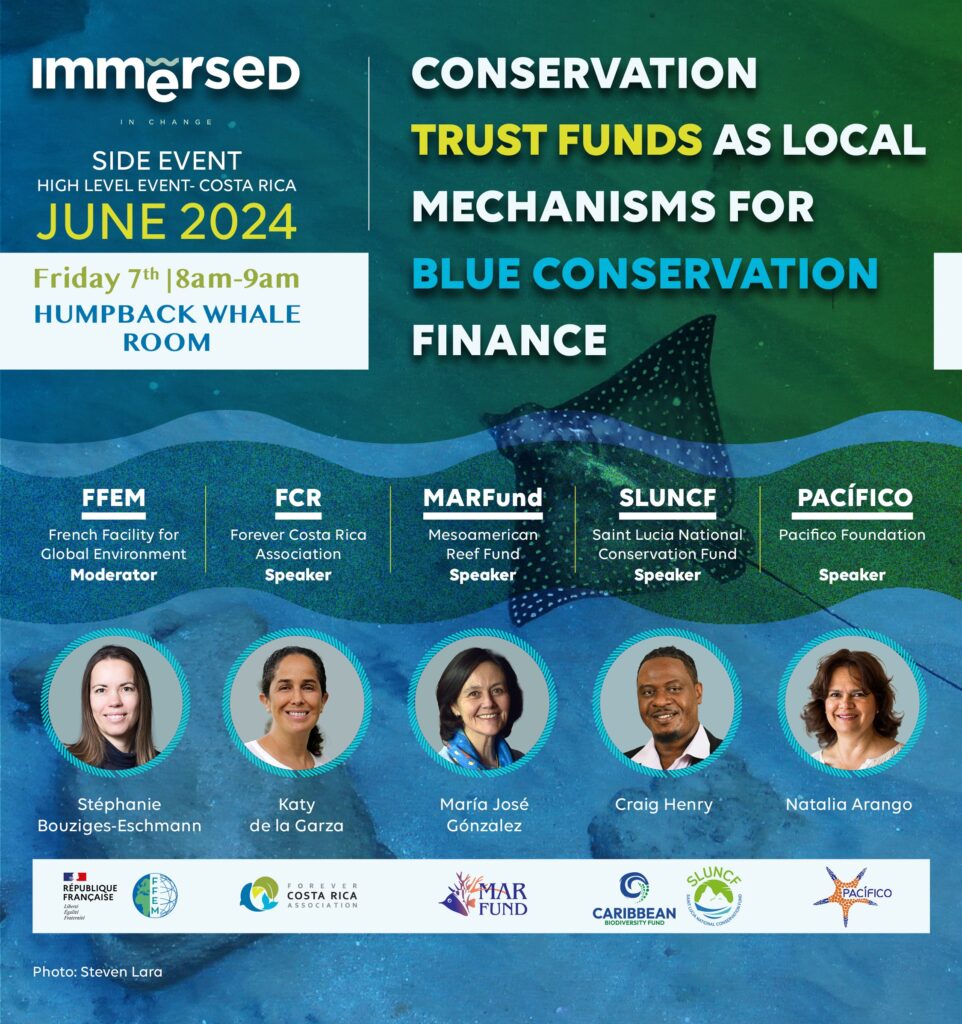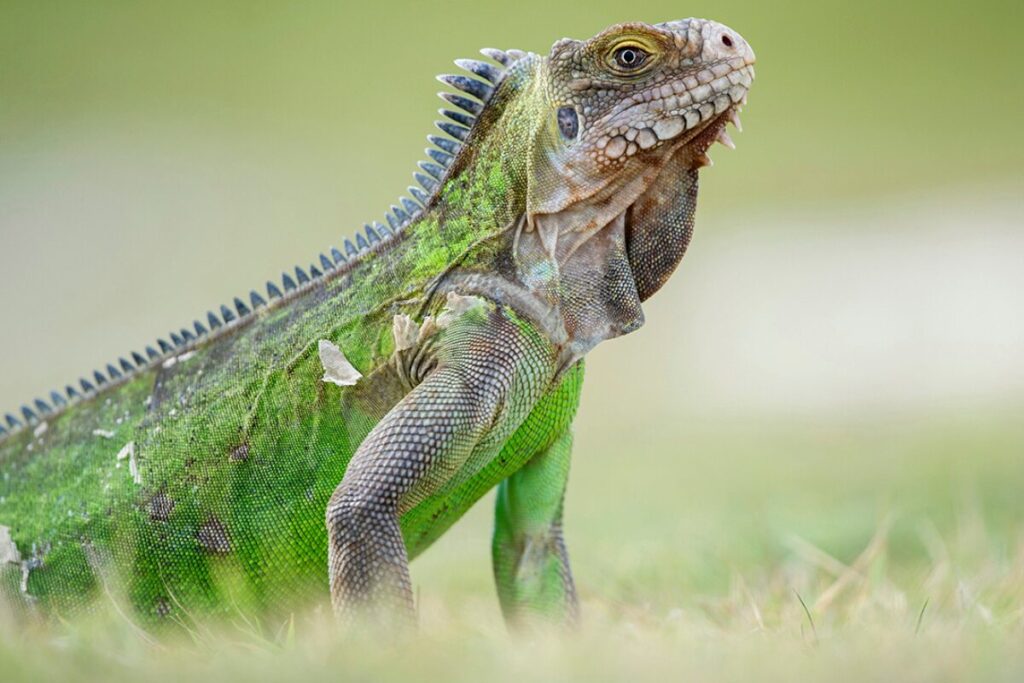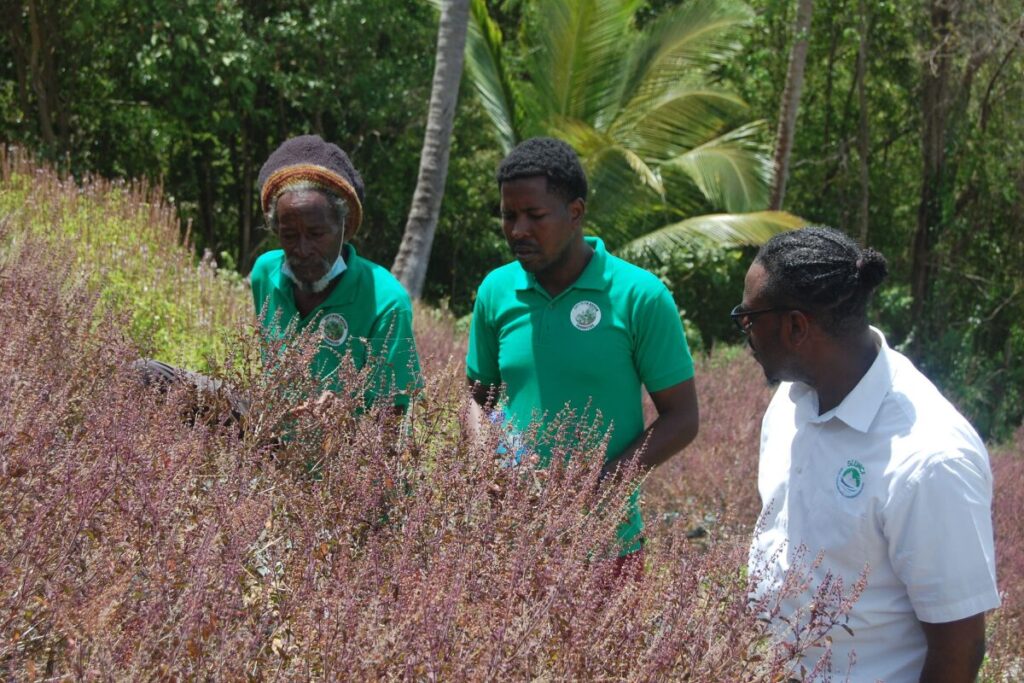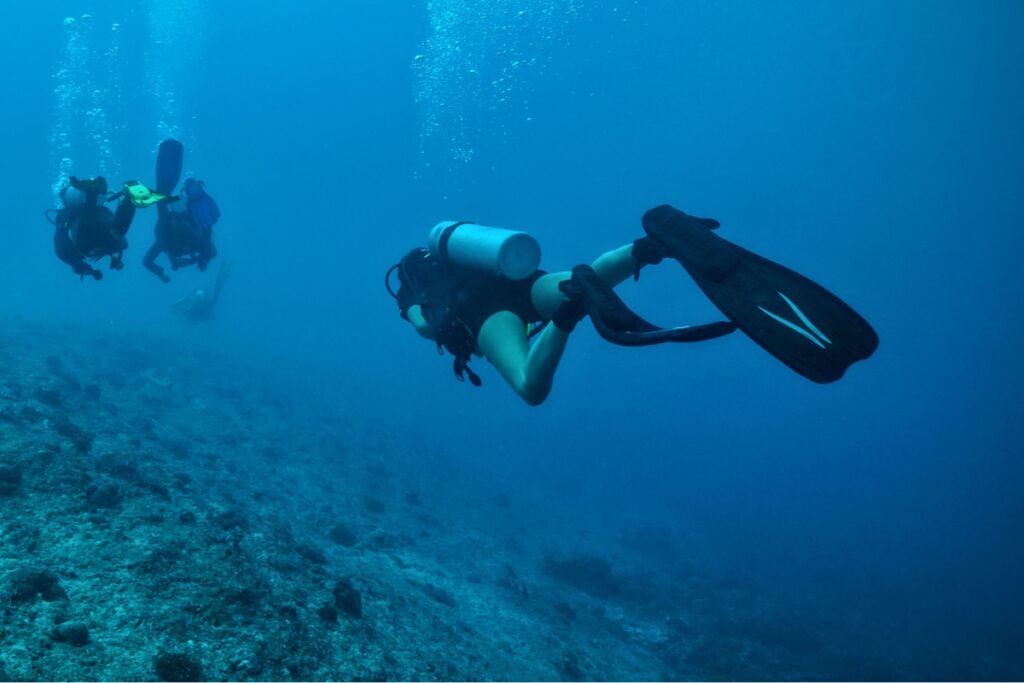Contributed by Dr. Sherry Constantine, TNC Caribbean
On January 26, 2017, the government of Grenada officially launched the Grand Anse Marine Protected Area (GAMPA), which includes the island’s most iconic and populated beach at Grand Anse. Grand Anse was identified as a critical site for protection due to the large amount of recreational and economic activities in the area, the possibility for conflicts between resource users, and the impacts such uses can have on the environment.
Grand Anse waterfront boasts numerous hotels, restaurants, dive shops and homes, while hosting hundreds of visitors and up to 140 yachts per day. Fishermen also frequent the area. Without a coordinated strategy for sustainable development, such high traffic can leave the area vulnerable to overuse and pollution.
“This declaration is a major accomplishment for Grenada because it is a significant step closer to achieving their pledge to protect 25% of their nearshore and coastal habitat by 2020,” says Sherry Constantine of The Nature Conservancy’s Caribbean Division. “Grand Anse MPA will greatly enhance the livelihoods of the fishers and communities within the Grand Anse area by securing a more sustainable future.”
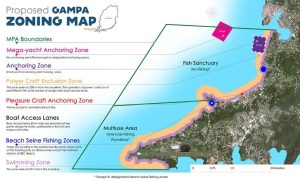
The establishment of the Grand Anse Marine Protected Area is consistent with the strategic plan of the Government of Grenada (GoG) geared towards enhancing marine biodiversity by providing for the conservation and management of critical habitats and species. The declaration of this site will assist the GoG with meeting its commitments under Sustainable Development Goal 14 among others, and the Caribbean Challenge Initiative (CCI). Under the CCI, Grenada pledged to conserve and effectively manage at least 25% of the marine and near-shore coastal environment by 2020. To date Grenada has declared 3 MPAs – Molinere/Bauesejour MPA, Woburn/Clarks Court Bay MPA and Sandy Island/Oyster Bed MPA. Grand Anse is now the largest MPA in Grenada.
The declaration of Grenada’s fourth MPA is a significant step in the country’s commitment to conservation. The declaration was made possible through a collaborative effort between the Ministry of Agriculture, Lands Forestry and Fisheries and The Nature Conservancy under the Climate-Resilience Eastern Caribbean Marine Managed Areas Network (ECMMAN) Project and with funding from the German Federal Ministry of the Environment, Nature Conservation, Building and Nuclear Safety (BMUB).

